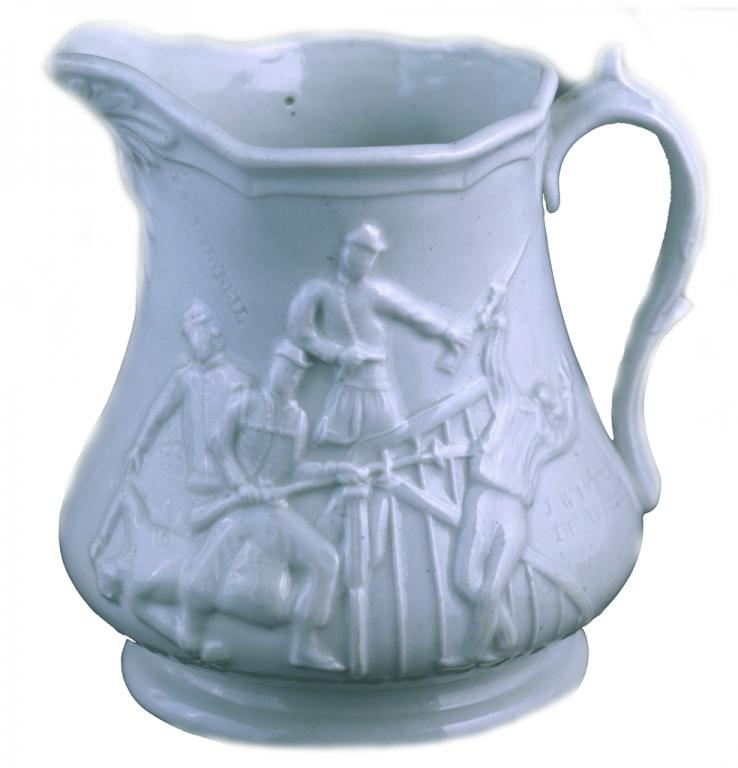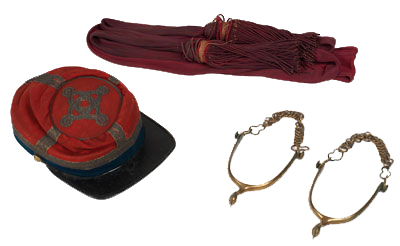The small United States Army could be enlarged quickly only by appealing to the states to activate local militia troops. By law the president could compel these men to serve for only ninety days. In April 1861 many on both sides—convinced that their opponents wouldn’t fight or that they would retreat at the first shot—believed that three months of soldiering would be long enough.
On July 21, 1861, after a hard-fought battle at Manassas (Bull Run), U.S. forces fled the field. The next day the U.S. Congress extended the term of enlistment from three months to three years, and it enlarged the army from 75,000 to 500,000 men. The only thing decided at Manassas was that the war would continue.


